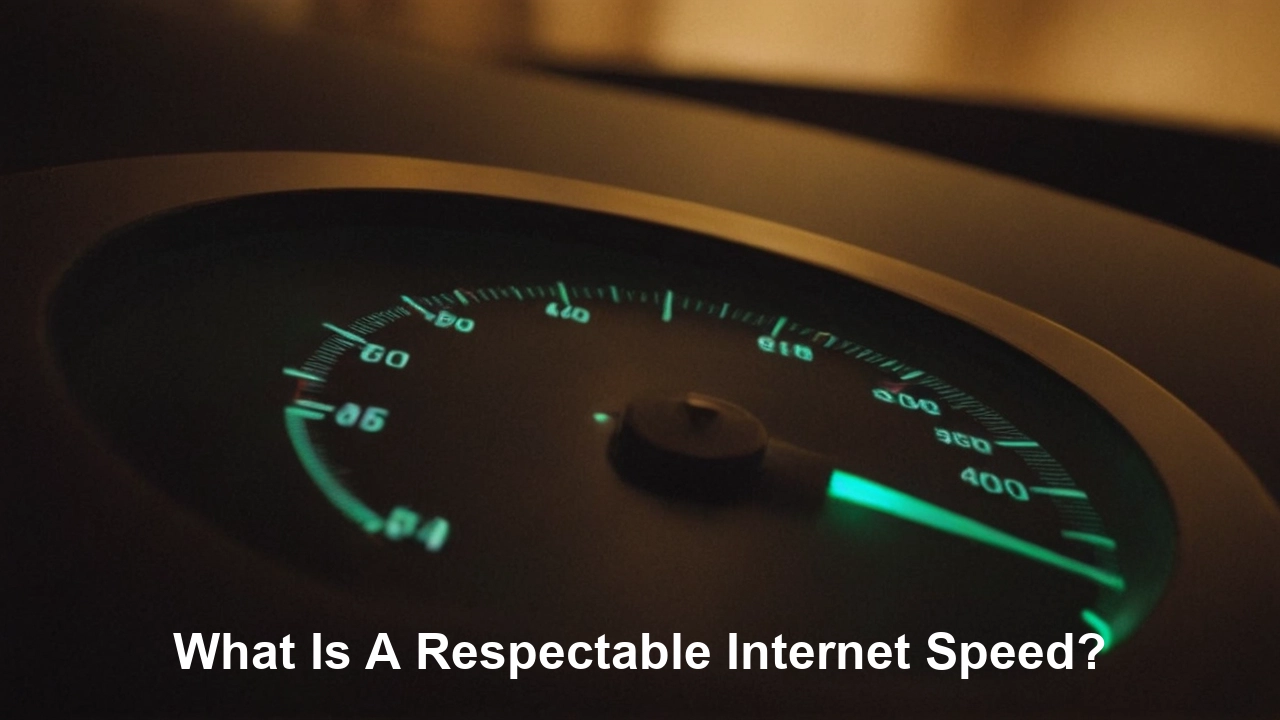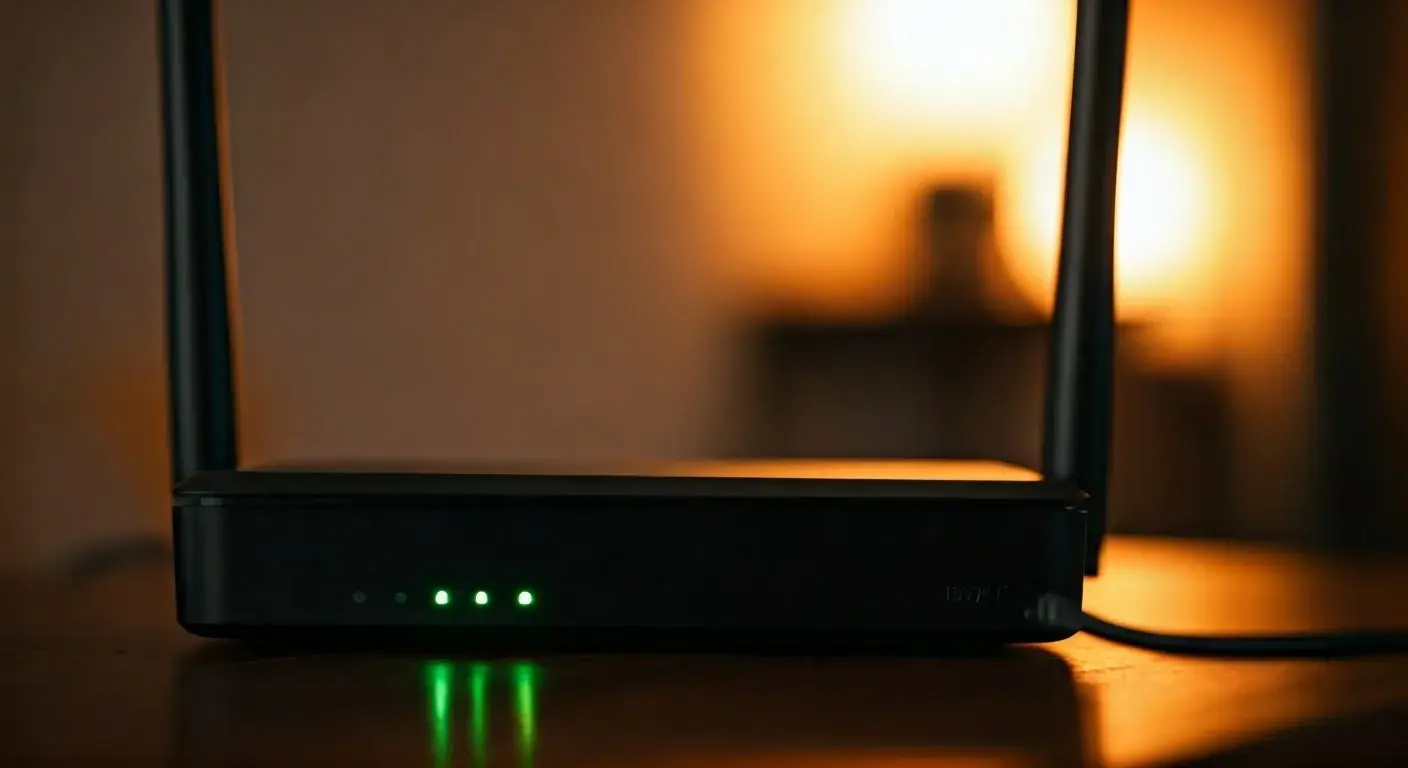What is a respectable internet speed?

A good AT&T Internet connection enables you to perform all your activities on the Internet as you desire them without the inconveniences of lagging or delayed animations. However, in the realm of internet connectivity specifically, the speeds differ significantly across the globe; thus, what constitutes ‘respectable’? To stay competitive, employers, employees, students, and families need a good internet connection for remote work, entertainment, and education, among other activities in the modern world.
Understanding Internet Speeds
First of all, it is necessary to clarify the terms that define the character of internet speeds. Internet speeds are, as a rule, expressed in megabits per second (Mbps). Most internet service providers list two speeds: download speed and upload speed are the two most important factors that can influence Internet connection quality.
Download speed, on the other hand, is the rate at which data is downloaded from the internet to the computer in question. This concerns actions such as page loading, downloading content, video streaming, video conferencing, online gaming, and others.
Upload speed refers to how quickly you can share material from your computer through the network. This affects activities such as emailing documents with large files attached, storing documents on cloud storage services, sharing photos and videos, video calling, and any other activity that demands the transfer of data on the internet. Generally, your upload speed is lower compared to the downloading speed that you have.
The other measure that you may find is the network latency which is often referred to as ping. Latency refers to the time delay every time you require information from the internet. Therefore, while throughput, bandwidth, and data transfer rate are important it does not only end with download and upload speeds but low latency is also important when engaging in online gaming and making video calls.
Well, now that you have grasped the primary terminology defining what is considered credible, what will be the normal speed for daily uses of a personal and home office in 2022?
Decent Internet Speeds
For fixed broadband download speed, the FCC in America established a minimum threshold of 25 Mbps in 2015. This is sufficient for streaming videos and doing general web browsing and emailing for a small household but can often become sluggish for most other activities or when several people are online at once.
In terms of today’s requirements, people less inclined towards complex web development often refer to values like 50 Mbps for download and 5-10 Mbps for upload. With this speed, one can well imagine a single family with multiple connected devices streaming videos in HD or downloading large files, making video calls, and other basic internet activities with minimal buffering or delays. This range is ideal when it comes to a comparison of internet plans.
Good Internet Speeds
It is said that 80-100 Mbps of internet service speed is quite enough for a household of 4-6 persons with average to heavy internet consumption. You can easily engage in several activities as streaming on multiple devices such as 4K, gaming and even working from home during video conferences in high definition without stressing about the stability of the internet. The 100 Mbps download and 10 Mbps upload speeds mean that bandwidth greed is never a problem because the virtual pipe is more than enough for most applications.
More speed is even better, of course. Downloads shout at 150 Mbps plus, and this is dependent on the home network elements consisting of routers and cabling supporting the quicker connections. With these speeds, the file transfer takes place much faster, high-quality videos can be streamed, and more tasks can be performed online at a time across the connected devices. For all the basic internet usage needs, 80-100 Mbps perfectly falls into the category of fast internet without having to pay for the range that one wouldn’t fully utilize.
Some of the common factors that can influence your internet speed include
While internet service plans advertise certain download and upload speeds, you might not see those rates for myriad reasons
- Network congestion is the case when many gadgets connect and start using the WiFi connection at the same time.
- Devices such as routers have aged and worn out in the network.
- Mechanical barriers might be preventing WiFi signals from getting to your device or directly to the router.
- Pay for the proportionate use of utilities and network facilities with other tenants in large buildings.
- Possible problems from your Internet Service Provider such as power blackouts, maintenance, or downtimes.
- Increased fiber broadband usage in peak periods during the lockdown affects the available bandwidth.
- The current capacities of servers of Websites and services you are using
- The capabilities of your computer or other devices that you use may present their own hardware and software constraints
In other words, while comparing different Internet plans or looking for a solution to low speeds, it is critical to bear in mind that actual speeds are defined by both these technical factors and by what ISPs proclaim.
Upgrading for Faster Speeds
When you use more connected devices, streaming services, smart home devices, and bandwidth-intensive applications as you are online, you may need a new internet plan for better speed.
The current broadband plans range between 300 Mbps, 500 Mbps, to even 1000 Mbps which are commonly referred to as 1Gbps to meet the consumer’s demand. When it comes to availability and price, the above products depend on your geographical region. These gigabit plans are more expensive but are ready for the Internet capacity requirements of your home for years with almost no limit.
Key Takeaways: Currently, what is considered a respectable Internet connection speed?
Among internet plans, it is desirable to aim for a download speed of at least 80–100 Mbps. They allow you to have high-speed internet connectivity for 4-6 heavy users with enough bandwidth for activities like streaming high-definition videos and movies, online gaming, video conferencing, and remote working.
Though it is on par with most government requirements for broadband speed, don’t settle for anything below 25 Mbps if you want seamless connectivity for multiple gadgets. Such things as congestion of the social network as well as the bottlenecks of the provider also affect real-world speeds.
The use of proper internet speeds and technologies will allow you to work effectively, as there will be less buffering and problems with connections! Thus, using the guideline of target speed ranges to evaluate different options helps lessen the chance of frustration at a later stage.
Upgrade to faster, more reliable AT&T Fiber Internet today! Call us at +1 844-905-5002 and get connected with speeds that keep you ahead.





